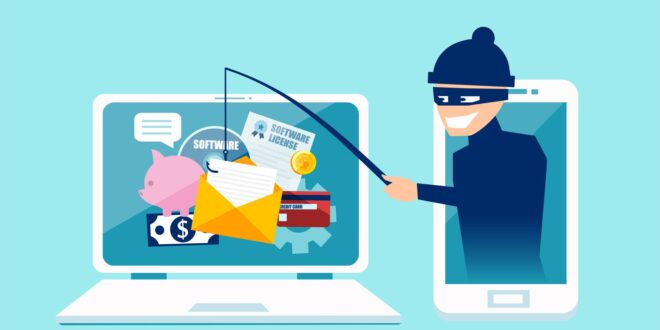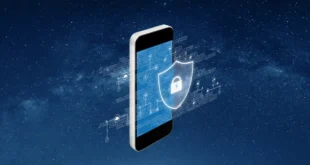Phishing is a notion that not everyone is familiar with. What is it exactly? Well, let’s say you get a notification from your bank to log in and improve your details to further cement your security and with that request, you get a handy little link button to save you the trouble of doing everything manually. That link will carry you to a very convincing web site that looks just like your bank but instead of improving security it has the task of ripping you off and stealing everything you have.
Online scams can be a nuisance at best and very dangerous at worst. One of the most common scams is in the form of an already mentioned phishing attack, where hackers will pose as a trusted source to try and dupe you into sharing personal or sensitive information with them, or even trick you into sending them money. To protect yourself from this online scam it’s important to know what you are looking for and how to spot the signs quickly.
The history of Phishing
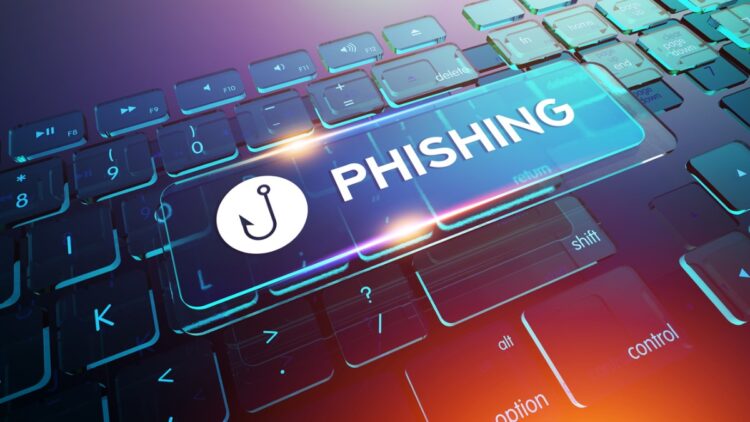
Phishing goes a while back and it has become more and more intricate. What previously used to happen is you would receive a mail from a “Nigerian prince” wanting to transfer all his fortune to little old lucky you. Those were made so transparent and obvious that little people fell for that. The task of Nigerian prince mail, and every other variation on it, was to make you falsely secure while they came up with a little more intricate scam that will make you fall for it. The more intricate ones are those mentioned above like your bank info needs updating and anything closely similar to that.
In a study that was done sometime in 2015, 97% of people couldn’t identify this new and sophisticated phishing email. The task of a Nigerian prince was successful. The only thing after that is to keep updating your scam and no one will ever see through it. Right? Yes, now there is something new and it is called Spear Phishing and it’s a more personalized attack targeted toward you. This happens thanks to these phishers having some prior information on you. Thanks to the development of social media, and their security blunders, everyone can have access to at least basic of your information’s to do something like this.
Phishing can happen over the phone, via text message, email, or on social media. By using social media, hackers can also get information on people from your personal life and send messages that appear to be from a family member or friend. Since you do not believe that you have any reason to mistrust the alleged sender, most people are willing to provide the information without a second thought.
How To Spot Phishing
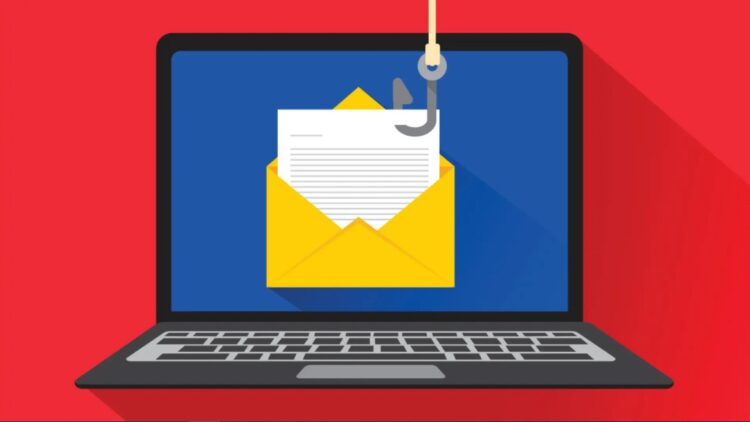
Phishing scams are not always easy to immediately spot. Some of them are very sophisticated and look exactly like you have received an official message from a bank, government, or company. Because of this, it is important to be vigilant and treat every message asking for personal information as a potential scam, unless you have specifically requested the message and were expecting it.
Another thing that makes spotting these scams difficult is the fact that scammers now follow your close friends to attack you. Your friend might go on a trip and you know about it from your communication or you see a pic or two from the airport or the trip itself. After a day or two, you get a message from that friend telling that he or she lost their wallet and passport, or it got stolen (easily viable on every trip) and asking you for a small money help until the situations get resolved.
To fight this, you have to be vigilant and suspicious of everything. Look out for any discrepancies that could point to potential phishing such as spelling mistakes, different email addresses or numbers used, or links that do not look like they point to a legitimate site. Bear in mind that banks and the government will never text or email you out of the blue to ask for login credentials or other sensitive information.
Such tools as DNS and History lookup can help you identify and stay away from domains connected to IP addresses possibly linked to phishing. Click here to learn more about these instruments.
Checking the Sender
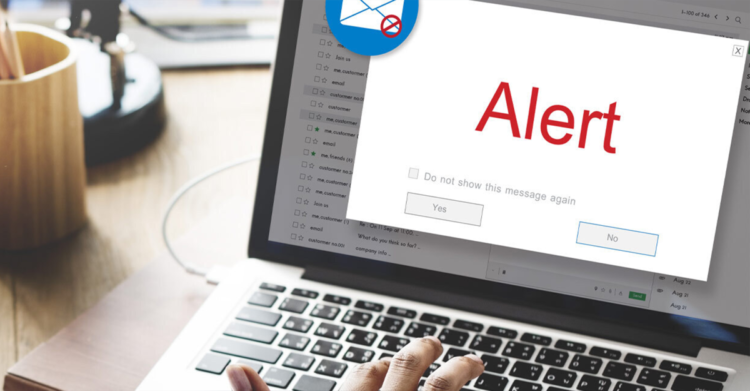
One of the best things that you can do if you have received a suspected phishing email or message is to verify the sender using Nuwber. Simply enter the email address or the phone number that you have received the message from into the people search site and you will be able to find any public information available including who the number or email is registered to. If you have received a message from the bank, government or a company, calling them on their official contact number rather than the one listed in the message to double-check that the message came from them and not from a hacker is a good way to verify that the message is indeed legitimate and not an attempted phishing attack.
No one will ever dispute this way of checking things up because customer security is a pretty big deal anywhere. If by some miracle the sender email address checks up OK, which we doubt it will, and there is a “click here” button to do what is asked in an email, don’t click it but rather check the URL of the button to confirm it matches up with wherever you log in normally. Those little paddocks near the address are a good sign to know if there is something suspicious happening, but be also aware that there are ways around that as well. These guys spend their life doing scams and believe us when we say they found a way to make an untrusted and insecure connection or URL look fine enough even to those with extensive knowledge of this.
Reporting a Scam to the Police
If you believe that you have been a victim of an online phishing attack, it is worth reporting it to the police. The police have access to sophisticated systems that can be used to track email or text message senders or callers and find out who is behind the attack. Also, contacting law enforcement can be a quick way to find out about common scams at the moment as they will often have access to information on the latest tactics used by hackers and can provide you with more information on what to do next.
Phishing is the most common type of online scam. Knowing what it is, how to spot it, and how to protect yourself is important.
 Hi Boox Popular Magazine 2025
Hi Boox Popular Magazine 2025
